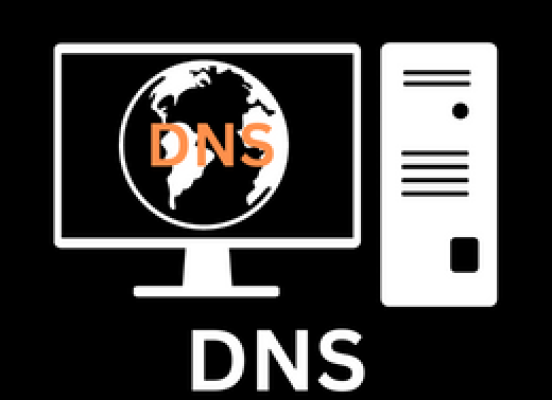
Understanding Domains: What They Are and How They Work
- By admin --
- Saturday, 25 Mar, 2023
In computing and the Internet, a domain refers to a group of computers or devices that share a common name and are connected to the same network. It can also refer to a website's unique address on the internet.
Specifically, a domain name is a unique identifier that represents an Internet Protocol (IP) address. Every device connected to the internet has a unique IP address, but domain names are easier to remember and use than IP addresses, which are usually a series of numbers separated by periods. For example, the domain name "google.com" represents the IP address "172.217.6.14".
Domains are typically managed by domain name registrars, who are responsible for maintaining a centralized database of domain names and their associated IP addresses. Domain names can be purchased and registered for a period of time, typically one to ten years, and can be used for various purposes, such as hosting a website, setting up an email address, or creating an online store.
-
Top-Level Domains (TLDs): TLDs are the last part of a domain name, such as .com, .org, .net, etc. There are many TLDs available, and they can be country-specific (such as .uk for the United Kingdom), generic (such as .com, .org, .net), or industry-specific (such as .edu for educational institutions).
-
Subdomains: Subdomains are part of a larger domain name and are separated by periods. For example, in the domain name "blog.example.com", "blog" is the subdomain. Subdomains can be used to organize content on a website or create separate websites under the same domain name.
-
Domain Name System (DNS): DNS is a system that translates domain names into IP addresses. When a user types in a domain name, the DNS server looks up the corresponding IP address and sends the user to the correct website.
-
Domain Name Registration: To register a domain name, you must go through a domain name registrar. Registrars are authorized by the Internet Corporation for Assigned Names and Numbers (ICANN) to sell domain names. You can register a domain name for a period of time, typically one to ten years.
-
Domain Name Transfer: It is possible to transfer a domain name from one registrar to another. This can be useful if you want to change registrars or consolidate multiple domain names under one registrar.
-
Domain Name Privacy: When you register a domain name, your personal information (such as your name, address, and phone number) is publicly accessible through the WHOIS database. Some registrars offer domain name privacy services, which hide your personal information from public view.
Domains are an essential part of the internet and are used for a variety of purposes, from hosting websites to creating email addresses.





